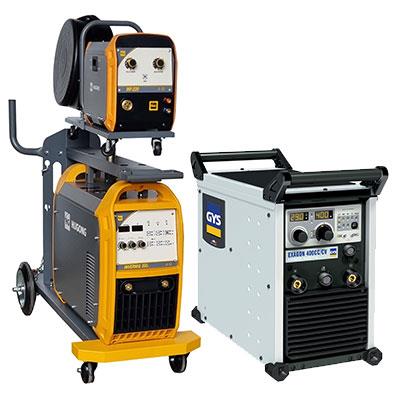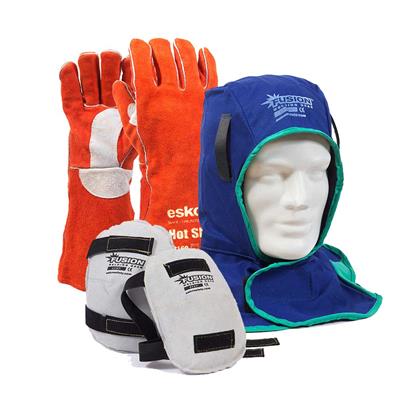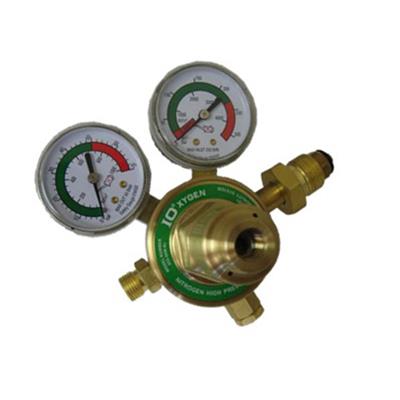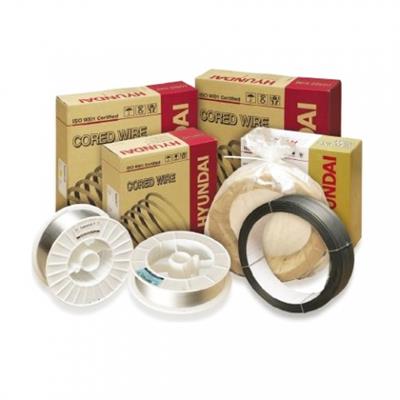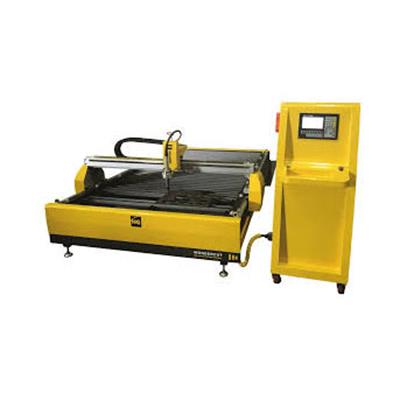Deciding on the right welder for you
There are 3 main types of welding – MIG, TIG and Stick
Stick Welding Advantages
- Stick welding is effective even when it’s windy or raining
- The equipment required is not very expensive
- It needs no external shielding gas, which saves money
- It’s less sensitive to paint, corrosion, and dirt at the welding point, saving time on pre-welding clean-up
- It’s easy to change rods for different metals
- The ground clamp can be attached far from the welding point
Stick Welding Disadvantages
- Compared to other methods of welding, stick welding is slow
- It is a more complicated process, which requires a welder with skill and experience in stick welding
- It is time-consuming to chip away the slag that formed during the weld
- It can be difficult to weld thinner metals
- The welding rods must be replaced more frequently than in other types of welding
- There can be excessive spatter, rough surfaces, and porosity with stick welding
MIG Welding Advantages
- can be used on several materials such as steel, stainless steel, cast iron, magnesium, and aluminum.
- Even for novice welders, MIG is one of the simplest and quickest welding procedures to learn.
- Straightforward welding process will allow you to produce consistently good-looking welds.
- You can constantly weld without pausing or restarting, which is impossible with other welding procedures like stick welding.
- Generate welds on various materials, including aluminum, stainless steel, and magnesium.
- MIG welding is a cleaner process than other welding techniques
Mig Welding Disadvantages
- MIG machines are more expensive than Stick machine and have more consumables that need to be used, Wire, Gas & torch consumables, Contact tips, nozzles, gas diffusers etc.
With most high end MIG machines you may be able to perform other tasks like (TIG) welding, stick welding, and plasma cutting.
- Not The Best In Windy Conditions (Gas Shielded)
TIG Welding Advantages
- High-Quality Welds - robust and long-lasting joints.
- TIG welding provides precise control over the heat input, welding speed, and filler metal deposition. This level of control is especially beneficial for welding thin materials and intricate joints.
- Can be used on a wide range of metals, including stainless steel, aluminum, copper, and even exotic metals like titanium and magnesium.
- Clean Welds
Disadvantages of TIG Welding
- Slower Process
- Welders must possess steady hands and impeccable eye-hand coordination to create flawless and high-quality welds.
- Not the most efficient for all Thick Materials
- TIG welding equipment, including the power source, torch, and gas supply, can be more expensive compared to other welding setups.
- Susceptible to Contaminants - Proper cleaning and preparation are crucial to ensuring quality welds.

